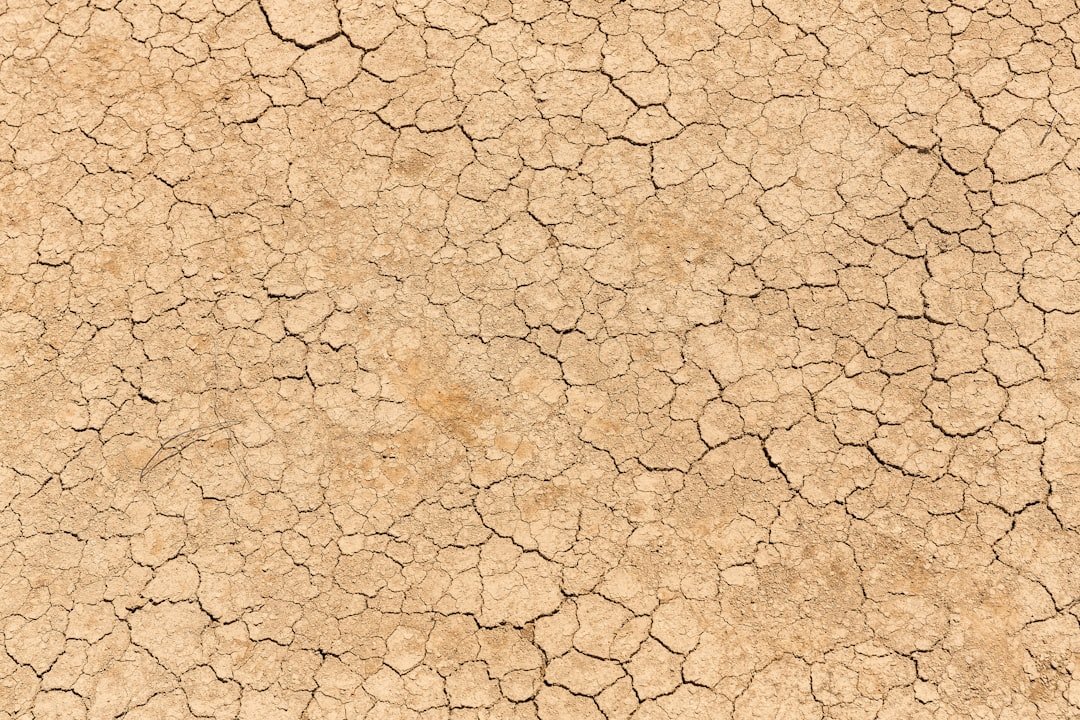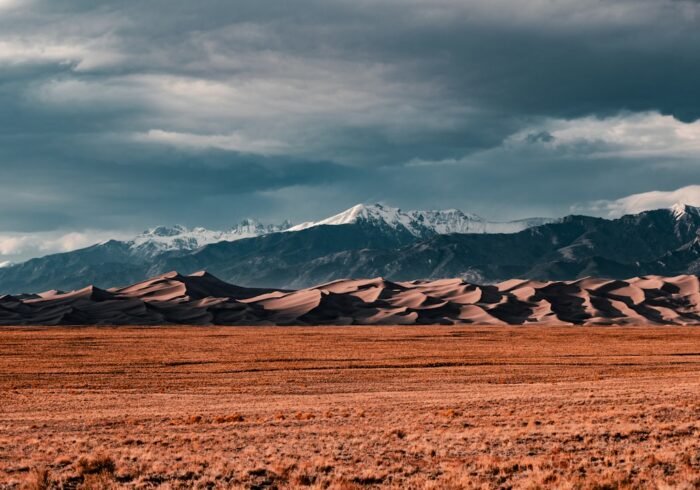One of the most important concerns of the twenty-first century is global warming, which has caught the interest of both scientists and decision-makers as well as the general public. It alludes to the gradual rise in the average surface temperature of the Earth brought on by human activity, especially the release of greenhouse gases. This phenomenon is not just a scientific issue; it also presents serious risks to human health, the environment, & international economies. The effects of rising temperatures go well beyond simple discomfort; they include severe weather, sea level rise, and ecological disturbances. It is impossible to overestimate how urgent it is to address global warming.
Key Takeaways
- Global warming is the long-term increase in Earth’s average surface temperature due to human activities, primarily the release of greenhouse gases.
- The main causes of global warming include the burning of fossil fuels, deforestation, and industrial processes that release greenhouse gases into the atmosphere.
- Global warming has led to more frequent and severe weather events, rising sea levels, and disruptions to ecosystems and wildlife habitats.
- Wildlife and ecosystems are facing significant challenges due to global warming, including habitat loss, changes in migration patterns, and increased risk of extinction.
- Human activities such as transportation, energy production, and agriculture are major contributors to global warming, but efforts to combat it include transitioning to renewable energy sources and improving energy efficiency.
The evidence gets stronger every year, and the repercussions get worse. According to the Intergovernmental Panel on Climate Change (IPCC), if significant and swift action is not taken, the world may experience catastrophic changes that would change life as we know it. Creating effective strategies to counteract this existential threat requires an understanding of the causes and effects of global warming. Increases in greenhouse gases, which trap heat and keep it from escaping into space, are the main cause of global warming. Among the main contributors are nitrous oxide (N2O), carbon dioxide (CO2), and methane (CH4). These gases are released by a variety of human activities, such as industrial processes, deforestation, and the burning of fossil fuels for energy.
The burning of natural gas, coal, and oil for power and transportation is especially well-known for producing large amounts of CO2. Global warming is largely caused by agricultural practices in addition to the use of fossil fuels. Over the course of 100 years, livestock farming generates significant amounts of methane, a greenhouse gas that is more than 25 times more potent than CO2. Also, nitrous oxide, another potent greenhouse gas, is released when synthetic fertilizers are used. By decreasing the number of trees that can absorb CO2 from the atmosphere, deforestation makes the issue worse.
The balance of carbon in the atmosphere is further upset when forests are cut down for urbanization or agriculture. Global warming has wide-ranging and significant effects on Earth’s climate. The rise in global average temperatures is one of the most obvious effects. Heatwaves are becoming more frequent and severe as a result of this temperature increase, which can have disastrous effects on agriculture and human health.
| Metrics | 2010 | 2020 | 2030 |
|---|---|---|---|
| Global Temperature | 14.63°C | 15.02°C | 15.45°C |
| CO2 Levels (ppm) | 388 | 412 | 435 |
| Sea Level Rise (inches) | 2.2 | 3.1 | 4.5 |
| Arctic Ice Loss (million sq km) | 7.5 | 5.5 | 3.8 |
Warmer temperatures also cause variations in precipitation patterns, which in some areas lead to both droughts and floods. The melting of glaciers and polar ice caps is a major consequence of global warming. The rate at which Antarctic and Greenland ice sheets are losing mass is concerning as temperatures rise. Sea levels are rising as a result of this melting, endangering ecosystems and coastal communities.
The disruption of marine life and coral bleaching caused by warmer oceans further highlights how rising temperatures impact interconnected climate systems. Ecosystems and wildlife worldwide are seriously threatened by global warming. Numerous species are having difficulty adjusting to the quickly changing climate, which is causing changes in their migratory patterns and habitats.
For example, migratory birds may arrive at their breeding grounds too early or too late because of changed seasonal cues, and polar bears are finding it harder to hunt seals as sea ice recedes. Climate change also puts a great deal of strain on ecosystems. Often referred to as the “rainforests of the sea,” coral reefs are especially susceptible. The phenomenon known as coral bleaching, which occurs when corals expel the algae that give them color & nutrients, is brought on by rising ocean temperatures. This has an impact on marine biodiversity, but it also jeopardizes the livelihoods of millions of people who rely on tourism and fishing, both of which are linked to healthy coral reefs.
Ecosystem services that humans depend on, like pollination and clean water, may be negatively impacted in a cascade by biodiversity loss. Human activity is the primary cause of the acceleration of global warming. Societies started to rely significantly on fossil fuels for energy production during the industrial revolution, which was a major turning point. As a result of this change, carbon emissions reached previously unheard-of heights & have since increased over the years. Another major factor has been urbanization; as cities grow, so does the amount of energy used for heating, cooling, and transportation.
Also, a major contributing factor to the worsening of global warming is lifestyle choices. Methane emissions are mostly caused by livestock farming, which is growing as a result of the demand for diets high in meat. Also, fast fashion & single-use plastics are preferred by consumers, which leads to waste and pollution that worsens the state of the environment. Effective strategies to reduce greenhouse gas emissions require an understanding of these human-induced factors. switching to renewable energy.
Solar, wind, & hydroelectric power are examples of renewable energy sources that are becoming more and more popular as viable substitutes for fossil fuels. Governments are making more investments in clean energy technologies and providing incentives for people and companies to embrace sustainable practices. conservation and replanting initiatives. Initiatives for reforestation also seek to improve carbon sequestration capacities and restore lost forests. These initiatives, which involve planting trees and restoring natural habitats, support biodiversity conservation in addition to CO2 absorption.
increasing awareness among the public. In order to inform people about their carbon footprints and promote sustainable lifestyle choices, public awareness campaigns are also essential. In order to effectively combat global warming, international cooperation is essential. Global efforts to keep the increase in global temperatures to well below 2 degrees Celsius over pre-industrial levels are reflected in agreements like the Paris Agreement. The significance of national commitments to lower greenhouse gas emissions while advancing sustainable development is emphasized by this historic agreement. Also, international institutions such as the United Nations Framework Convention on Climate Change (UNFCCC) are essential for promoting international communication.
In the fight against climate change, they offer a forum for exchanging information, materials, & best practices. These agreements seek to guarantee that all countries contribute to mitigating global warming while taking into account their particular circumstances by encouraging cooperation between developed & developing nations. Forecasts for global warming in the future offer both opportunities & challenges. Scientists predict that global temperatures could rise by 1 to 5 degrees Celsius as early as 2030 if current trends continue without significant intervention. Extreme weather events would increase, biodiversity would decline, & food security would be severely impacted.
There is still hope, though, that these effects can be lessened with coordinated international action. Significantly lowering greenhouse gas emissions can be achieved by switching to renewable energy sources, improving energy efficiency, & encouraging sustainable farming methods. There are still obstacles to overcome, though; in order to effectively combat global warming, a comprehensive strategy combining political will, economic considerations, and public awareness must be developed. In summary, all facets of society must give immediate attention to the pressing issue of global warming.
Developing successful mitigation strategies requires an understanding of its causes and effects. Humanity can strive for a more resilient future in the face of climate change by means of global collaboration and personal dedication to sustainable practices.



